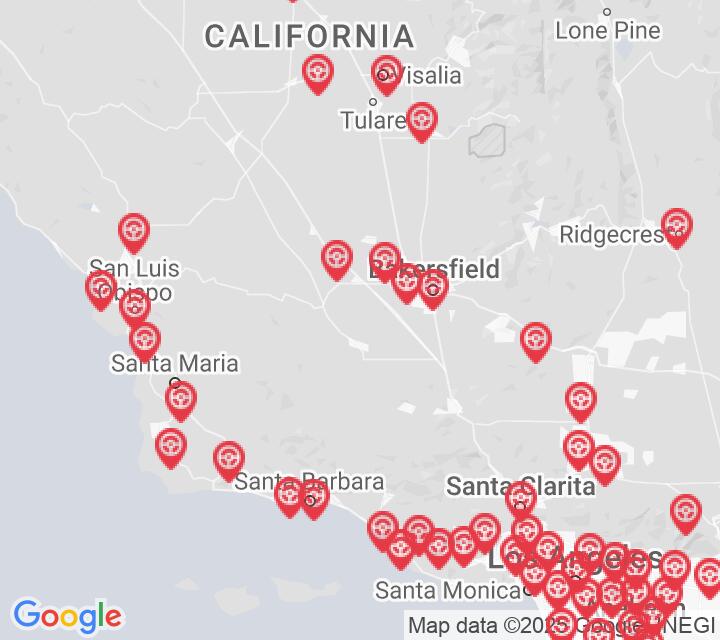Air Brakes
This endorsement is required for driving a vehicle with air brakes. To receive this endorsement, applicants must pass a test. The test consists of 25 multiple choice questions. Each question has three answer choices. To pass, the applicant must answer at least 20 questions correctly. Test questions come from the California Commercial Driver Handbook. Questions come from chapters covering: Air Brakes. The Air Brakes endorsement may be used with the Class A, B or C CDL.
Number of Question
Passing Score
1. Using the brakes creates heat. If too much heat is produced:
Explanation
Brakes are designed to take a lot of heat, but drivers should not rely solely on the brakes to slow their vehicle. Brakes may fade and lose their ability to slow down the vehicle if they become too hot, so drivers should also rely on the engine braking effect.
2. What do the two systems of a dual air brake system share?
Explanation
Both systems in a dual air brake systems share a single air compressor. If the air compressor is damaged, neither system will be able to operate properly.
3. What do air brakes use to make the brakes work?
Explanation
Many large CMVs are equipped with air brakes. An air braking system uses compressed air to operate.
4. What is removed when an air tank is drained?
Explanation
In an air brake system, air tanks have drains to remove accumulations of water and compressor oil. Allowing water and oil to accumulate in the system could cause damage to the brakes.
5. If the low air pressure warning signal comes on in a vehicle with air brakes, the driver should:
Explanation
If the low air pressure warning signal comes on while you are operating a vehicle with air brakes, you should stop and safely park the vehicle as soon as possible. It is essential that you are able to stop safely while you still have some braking power remaining.
6. Air tank drains:
Explanation


